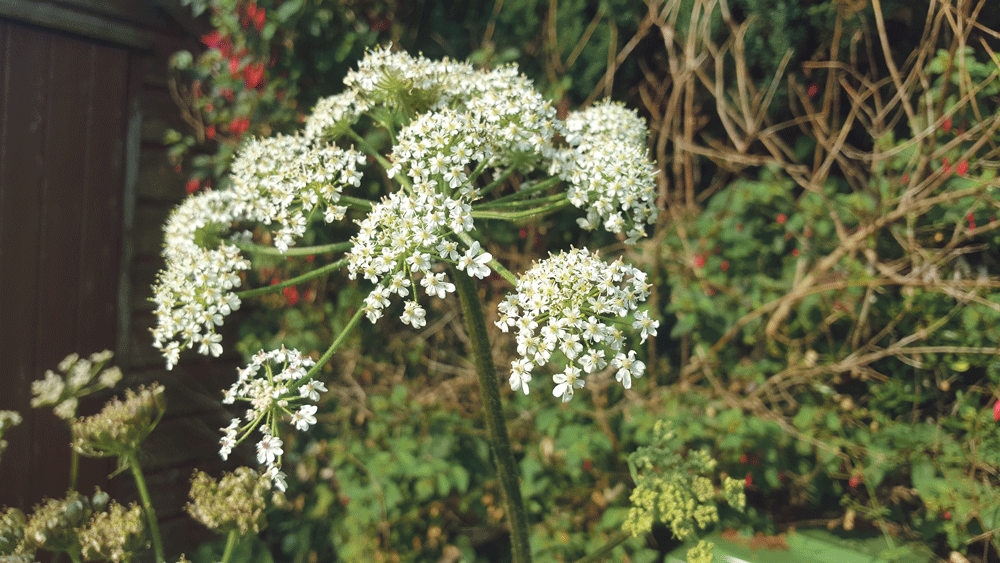

Nature on our doorsteps: A battle of defence and response
Rosaleen Dwyer is the County Heritage Officer at South Dublin County Council – every week she gives us an insight into the natural heritage around us and the beautiful biodiversity of the plants and creatures
As plants evolved, beneficial relationships developed with insects where both the flowers and the insects benefited.
For example, the shape and colour of flower petals evolved to attract insects to help with pollinating the flower.
In return, insects benefited by receiving rewards of sugary nectar and protein-rich pollen.
Some plant-insect relationships are not so beneficial to both sides.
Many insects eat plants and flowers, or they suck the sap from stems.
This affects plant growth and can reduce the production of flowers and seeds.
Plants, therefore, evolved to protect themselves from insects.
One way they did this was to produce nasty-tasting or toxic chemicals that insects avoided.
That is not the end of the story, however, as the Parsnip Moth demonstrates.
This small moth occurs across most of Europe, including Ireland.

Common Hogweeed is the main foodplant for the Parsnip Moth caterpillar in Ireland, as Wild Parsnip
is not a common
plant here
The caterpillars of this moth feed on the flowers and the developing seeds of Wild Parsnip and Common Hogweed, creating a web around the flowerheads inside which they safely feed and develop.
Wild Parsnip and Common Hogweed evolved to produce toxic chemicals which keep most grazing insects away.
The Parsnip Moth’s caterpillars, however, evolved to produce special enzymes which can break down the toxins in these plants, allowing it to feed on the flowers.
When Wild Parsnip plants were first brought to America by migrating European settlers in the 17th Century, the plant was introduced without its moth predator.
In the absence of the moth, the Wild Parsnip plants that spread in America did not need to waste energy producing protective toxic chemicals, and so volumes of the toxins dropped in those plants.
When the Parsnip Moth eventually arrived in America in the 1890s, local plants had to adapt once again to the presence of its insect grazer.
Wild Parsnip began to produce more toxins to deter the caterpillars, and over time as toxin levels in the plants increased, the caterpillars also responded by producing more enzymes to break down the toxins.
This reaction suggests that the battle between plants and insects can indeed be a constant see-saw of defence and response.

